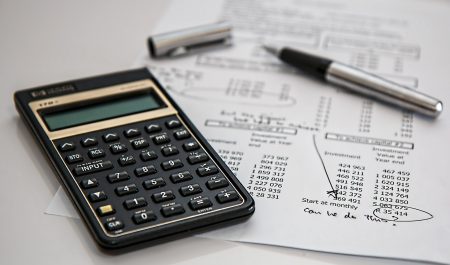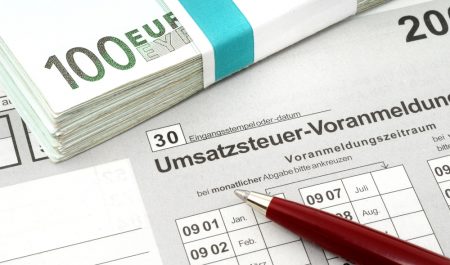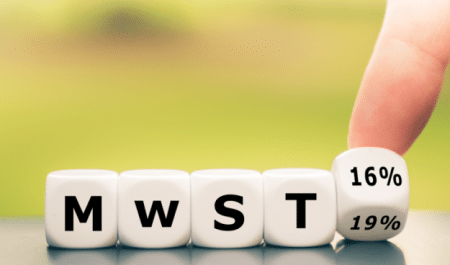Comments on the current letter of the Federal Ministry of Finance on intra-Community supplies – Part 2
In this multi-part series of articles, we would like to present how the tax authorities comment on the changes from 01.01.2020 in the context of the so-called “quick fixes”. The principles apply to all deliveries made after 31.12.2019.
We hope you enjoy reading!
BMF letter dated October 9, 2020, III C 3 – S 7140/19/10002
The BMF letter can be found at:
Submission of an applicable recapitulative statement (ZM)
1. Why is there a recapitulative statement (ZM)?
To ensure taxation in the recipient state, an extensive exchange of data between EU states is required. For this purpose, central authorities have been established throughout the European Union. In Germany, it is the Federal Central Tax Office.
2. Who must file a recapitulative statement (ZM)?
Must report entrepreneurs who have tax-exempt intra-Community supplies of goods in the sense of § 8a paragraph 7 sentence 1 No. 1 and 2 UStG and / or intra-Community other services in the sense of § 18a paragraph 7 sentence 1 No. 3 UStG and / or deliveries in the sense of § 25b paragraph 2 UStG in the context of intra-Community triangular transactions. This does not apply to small entrepreneurs as defined in § 19 para 1 UStG.
3. What are the innovations in connection with the recapitulative statement?
The submission of an accurate recapitulative statement was included in § 4 No. 1 letter b UStG as a legal requirement for tax exemption for intra-Community supplies.
For the first time, the tax authorities have now included guidance on recapitulative statements as a prerequisite for tax exemption for intra-Community supplies in Section 4.1.2 UStAE. Since January 1, 2020, a prerequisite for tax exemption under Section 4 No. 1 letter b UStG is that the supply has been correctly, completely and timely included in the recapitulative statement pursuant to Section 18a UStG. Since the recapitulative statement is not submitted until after the advance VAT return (unless there is a standing deadline extension), the tax authorities state in the above-mentioned BMF letter that the determination that the requirements have not been met can always be made retrospectively.
4. Possibility of correcting the recapitulative statement
If a delivery has been incorrectly recorded in the recapitulative statement, the entrepreneur can correct the recapitulative statement. There is even the obligation to correct. According to Section 18a (10) UStG, the correction must be made within one month after the entrepreneur has determined that the report was incorrect. The correction must be made for the reporting period in which the supply took place.
Important note:
The tax authorities expressly point out that the supply is not tax-exempt if the correction is made for the reporting period in which the error is discovered. This applies in particular if an incorrect amount has been recorded in the applicable recapitulative statement by mistake and this is discovered later. In this case, the original return must be corrected.
Furthermore, no tax exemption shall result thereafter if the error is not corrected within one month after the error is discovered.
Example:
A is an entrepreneur in Karlsruhe. He sells to the Austrian entrepreneur Bakery U, located in Vienna, two ice cream machines for a total of € 50,000 and delivers them on 10.02.2020. In A’s February ZM, he accidentally enters a value in the amount of € 50. In June 2020, the error is discovered by chance. In the June ZM he reports the difference after.
Solution:
The supply is not tax-exempt overall because he did not correct the February ZM. If he were to correct February and June again within the one month period, the tax exemption would revive.
Look forward to the next post. It will be on the topic of “Using the Sales Tax Identification Number”!
Note:
The content reproduced is for general information purposes. All contributions are compiled to the best of our knowledge. They are neither intended nor suitable to replace an individual consultation with expert persons, taking into account the specific circumstances of each individual case. No liability can be assumed for their content. Please contact your tax advisor for your individual case.






